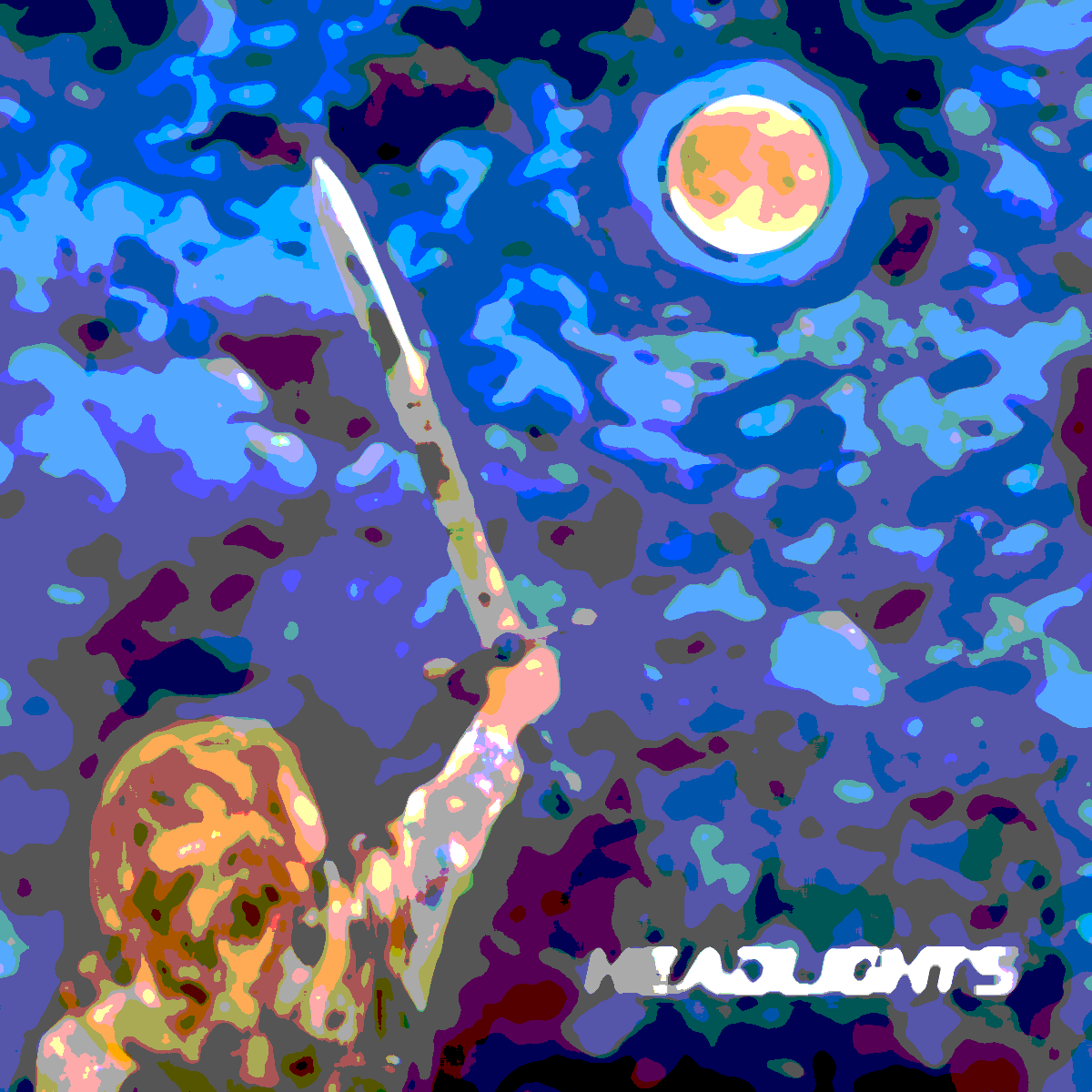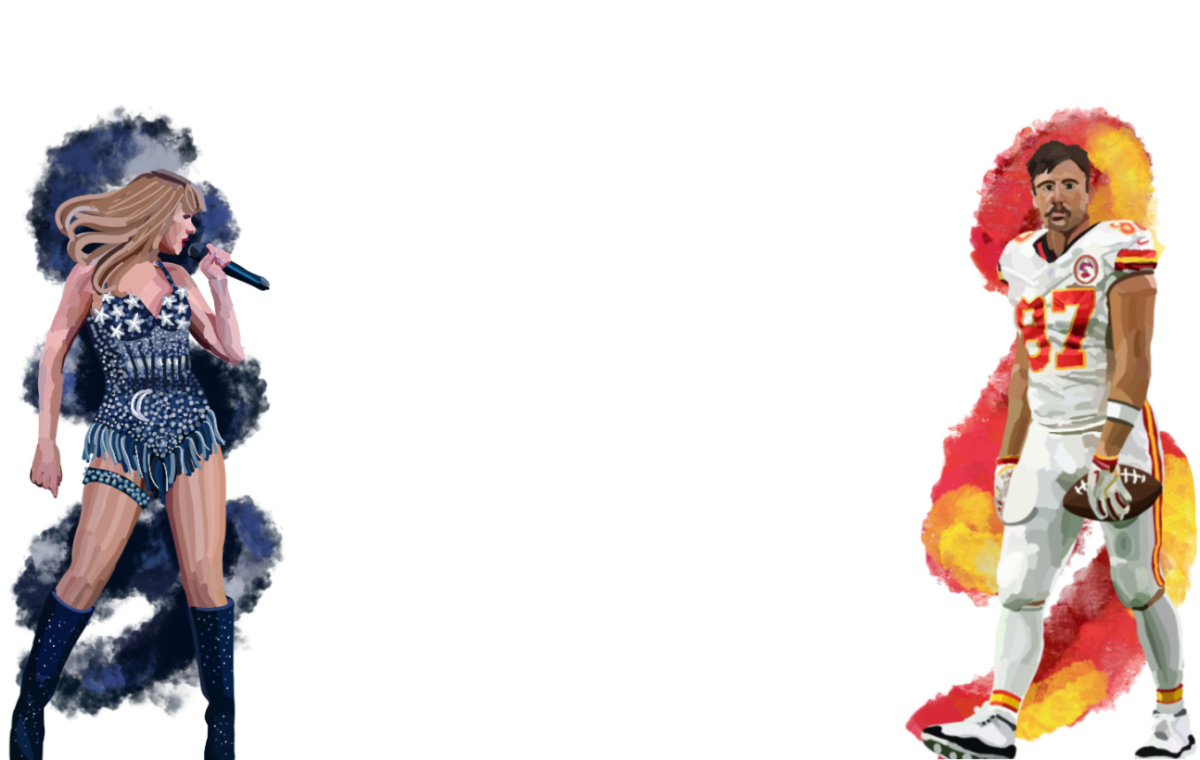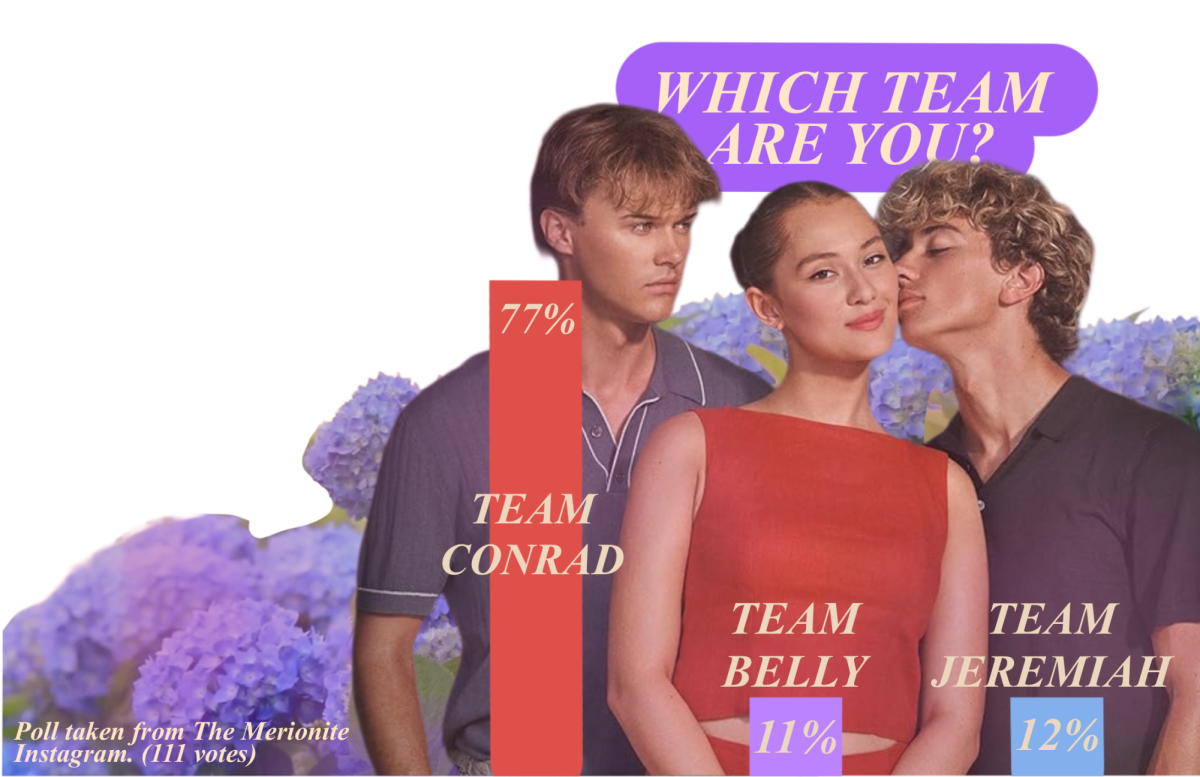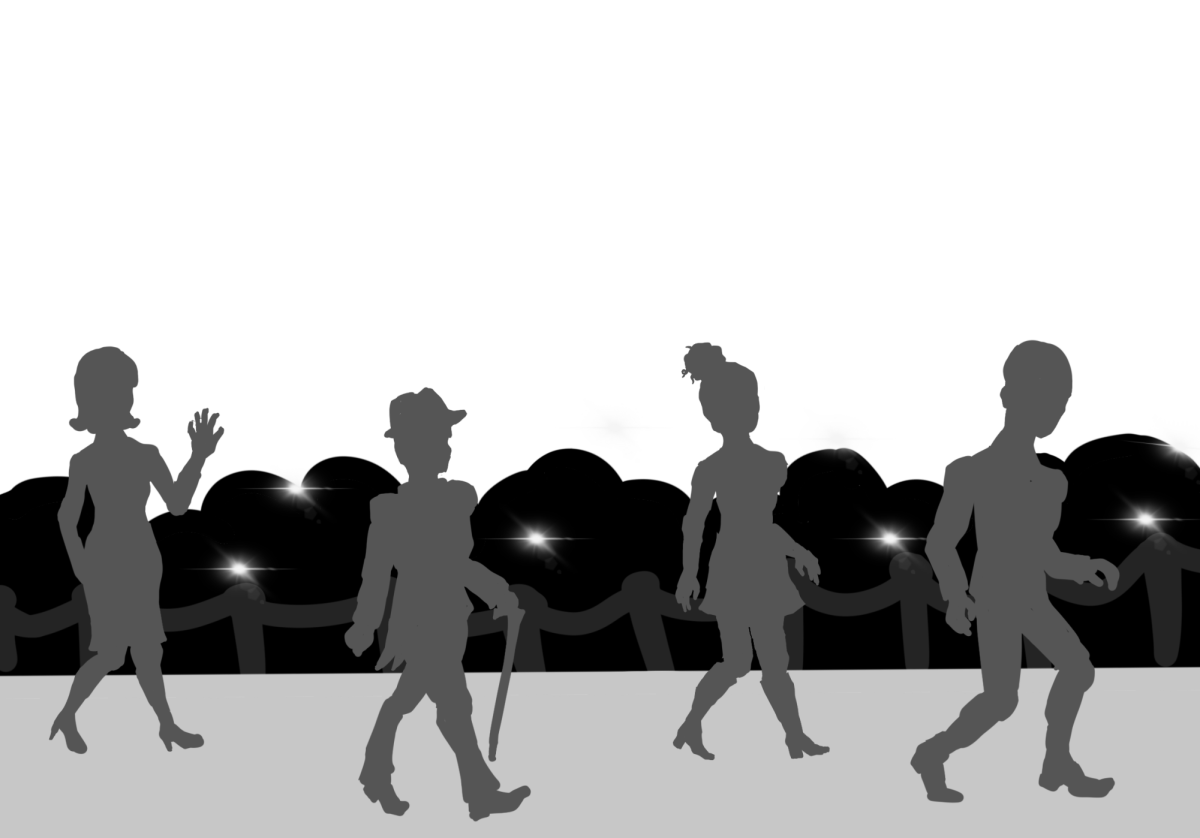
Upon seeing the teaser trailer for Joker: Folie à Deux, I was pleasantly surprised, but slightly skeptical. When I first watched The Joker (2019) in 2020, my sixth grade self was blown away. Obviously at that age I couldn’t comprehend the true depth of the message that the movie conveys. However, keeping in mind the impact the movie had on me at that young age—though chances are, I just thought I was being edgy—the movie’s shocking brutality and tense ending must have been that much more powerful for an age-appropriate audience. Arthur Fleck is a poor man who works minimum wage jobs, primarily as a clown, to support his mom in her old age. Not only that, but he suffers from a condition which makes him uncontrollably laugh when he is faced with uncomfortable situations—which happens often, as the harsh nature of Gotham City finds itself taken out on Fleck repeatedly. Fleck descends into madness, and ends up taking the lives of six people who have prominently wronged him. Subsequently, no more of Arthur Fleck’s story needed to be told. At the end of the movie, the viewer sees Fleck in a new light: he is the face of a revolution that represents the overlooked underclass of Gotham City, the leader of a movement. Audiences around the country were astonished at the ending. A five-star audience review on rotten tomatoes exclaims, “You must watch this movie. Joaquin Phoenix’s acting is great. The time flies by, and by the end of the movie, you end up wanting more.” The Joker by itself was the perfect ending to Arthur Fleck’s story, displaying how abuse and neglect can descend a man who started with seemingly good intentions into madness.
Leaving the theater after witnessing the extremely unnecessary sequel was disheartening. My friend texted me after the movie asking me how it was, to which I replied by saying it was mediocre. He had read the poor reviews of the movie and texted back with, “It was [bad], don’t lie. Don’t let your nostalgia for the first masterpiece cloud your judgment of the sequel.” Folie à Deux changed the entire personality of Arthur Fleck, as his character development was seemingly halted and even reversed. This movie fits in with a long line of disappointing part twos that were trashed by critics and audiences, and it won’t be the last. This made me think, “Why do audiences hate sequels so much?” “The Problem With Sequels,” by Morris Raskin of The Spectator, brings up three reasons why sequels are rarely on par with the original.
Writers tend to rush plots when on strict time deadlines. Raskin comments, “The original movie might’ve taken up to decades in the writer’s mind, while the sequel usually takes around only two to five years. This is the main problem with sequels as a whole—they’re almost always less focused on the plot, and more focused on the money.” Sadly, multiple past projects display this to be true. A smash hit will leave the directors and producers on a high presumably like no other, and they will probably want to immediately work on a sequel to harness the momentum that their creation has. This causes sketchy scripts and shallow plots, which leads into reason number two.
Trying to do too much can also ruin a movie. Raskin uses The Amazing Spider-Man 2 (2014) as an example. Way too many villains, not enough character development—killing off Gwen was a shortcut to add more depth and emotion to the movie. It is also a common theme that producers may set a high bar for their sequels, so as to not fall into the stereotype of “Doing it for the money,” often leading to over-the-top scripts.
Trying to copy the plot of the original movie looks horrible on everybody involved in the process. This is seen as a cheap way to make a quick buck. If a movie has a big name, the name can be slapped on anything and people will buy it. Raskin makes an interesting remark here: “Take the ‘Hangover’ (2009) series: each movie follows the exact same premise. The four friends black out for the night, have to get their bearings, and make it back home before some big event the next day. The first movie is funny and fresh, but with the next two sequels, it seems illogical, if not downright impossible, that these same friends would let their drinks be drugged two more times after the first. In any case, trying to go the same route as the original for the sequel is almost always a recipe for disaster. While it can make big bucks at the box office, it leaves most moviegoers craving something new and creative.”
When done right, sequels do work and are an excellent addition to the story. Take Avengers: Age of Ultron (2015), or Star Wars: The Empire Strikes Back (1980) and Star Wars: Return of the Jedi (1983) for example. Such sequels added depth to their respective stories and did well with critics. In contrast, the only thing done by Folie à Deux was pairing Joaquin Phoenix (Arthur Fleck’s actor) with another big name—Lady Gaga, who plays Harley Quinn—and unnecessarily turn it into a musical, which inadvertently turned Fleck’s story into a joke. There was no excuse for this sequel to be this disappointing, seeing as Warner Bros. had five years to create a better part two. The end of The Joker left the audience with so many questions. Folie à Deux confirms the reality of the first movie, and answers so many of the questions that made the ending of the 2019 film so special.
The Joker’s plot was one where nobody in Fleck’s universe took him seriously, while the audience understood his struggle. Folie à Deux does the opposite. While the movie’s world finally respects the Joker, the audience now sees Fleck as a joke. This is what a bad sequel can do to a masterpiece. The third Star Wars trilogy was so horrendous to the point where diehard fans don’t consider those movies to be canon. When producers get greedy, they cost the audience not only thirty dollars in admission for two viewers, but the price of their favorite characters’ stories. The only thing that these cheap, cash-grab sequels benefit are the pockets of the producers.






